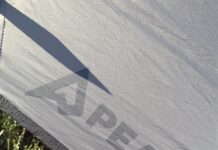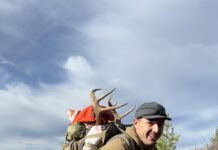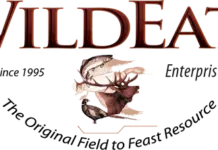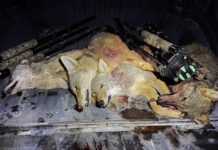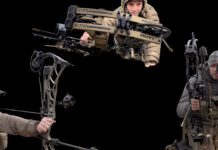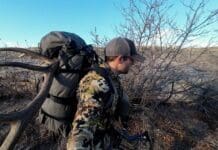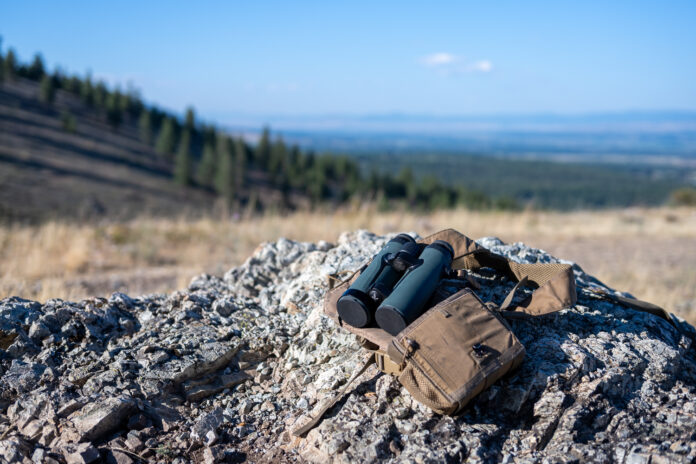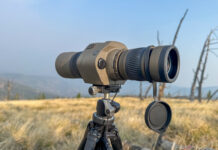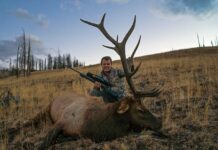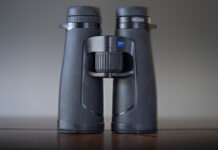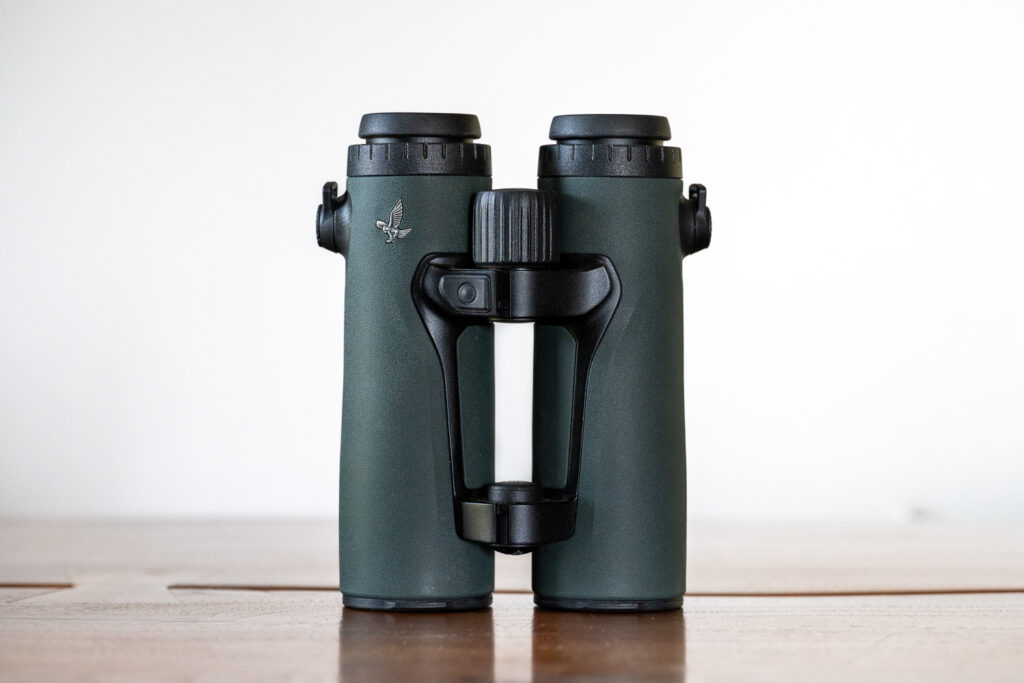
Swarovski EL Range 12×42 TA
Western hunters expect more out of their binoculars. Optics manufacturers are trying to meet this expectation with innovation. Much of that innovation is in electro-optics, where hunters are utilizing advanced ballistic rangefinding optics to enhance their long-range shooting capabilities in the field. Another trend in the market is towards higher magnification binoculars. Swarovski fanned the flames of this trend with their amazing 12X42 NL Pure binocular, bringing 12 power magnification to the standard 42mm binocular class. Hunters got more detail with very few compromises.
Swarovski brings these two trends together with the recently introduced 12×42 EL Range. When the 10×42 EL Range TA arrived, it offered advanced ballistics, an excellent laser, and top-tier optics together in a durable, field-worthy package. The 12×42 EL Range does all that with more magnification.
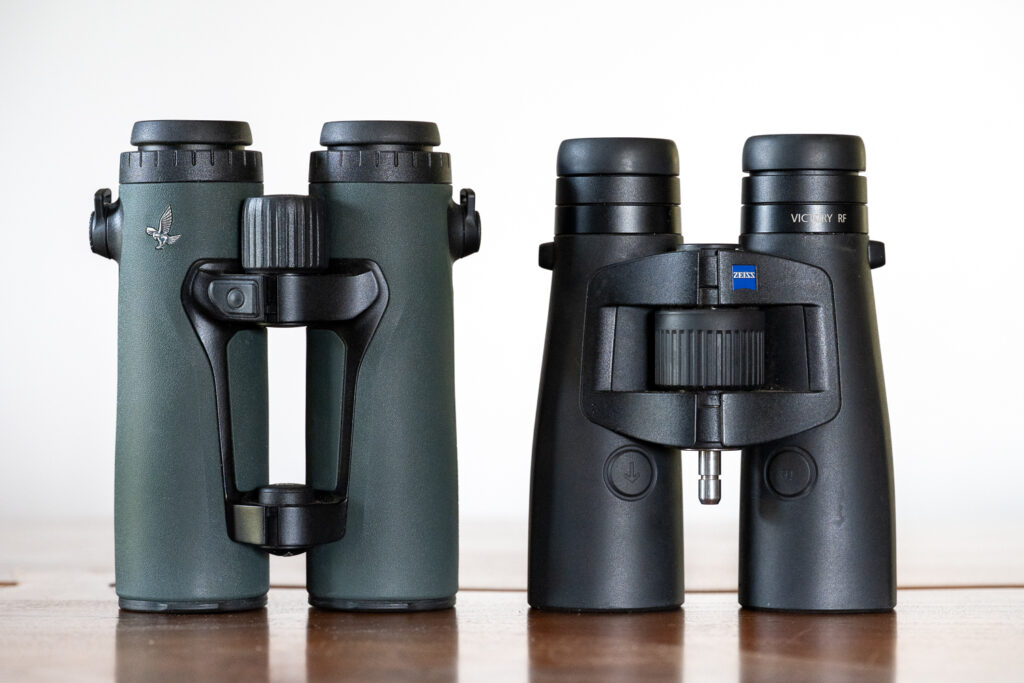
The Binocular
Swarovski equipped the 12×42 EL Range with all the optical goodies, including low-dispersion “HD” glass, advanced lens coatings, and their “Swarovision” field flattener system, which reduces distortion and field curvature.
On-board electronics include atmospheric sensors, an inclinometer, and an electronic compass, along with a laser rated to range 2200 yards in under half a second for 2000 measurements.
The display is excellent with 5 brightness levels available.
Tripod Addaptable
The 12×42 EL Range comes equipped with a recess in the interior front bridge that accepts the proprietary Swarovski TAS EL Range tripod adapter. Although I didn’t have this adapter available for this review, I previously used the NL Pure version for the 14X52 NL Pure review.
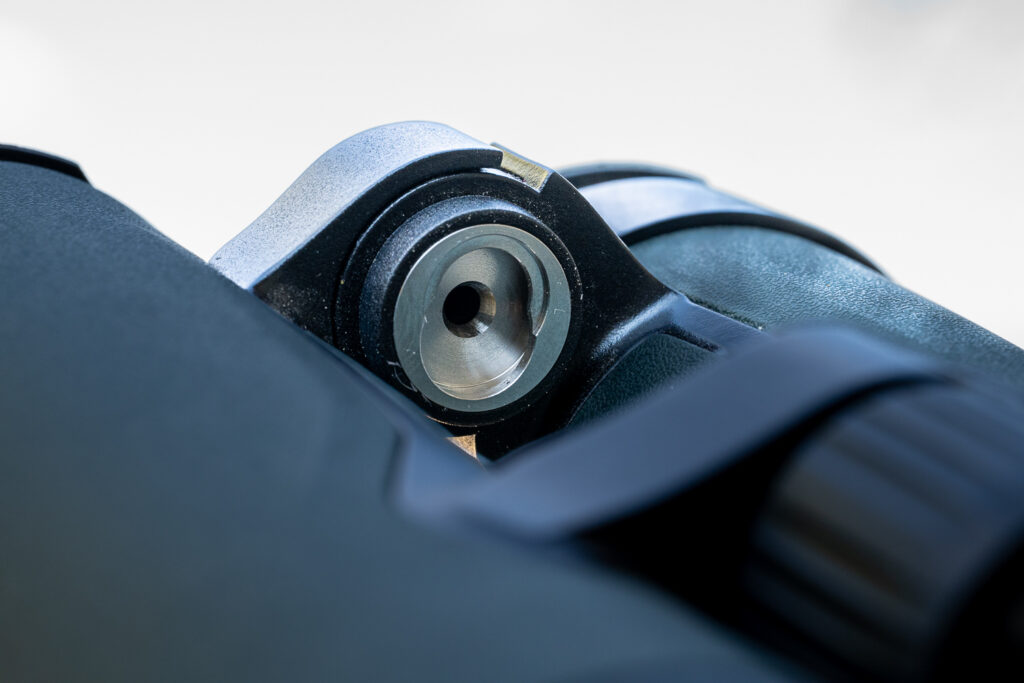
During the NL Pure review, I found the TAS adapter to be one of the best available, and I strongly believe it would be a great addition for users of the 12×42 EL Range. However, for my purposes, I was able to use a Tricer-NS3 barrel adapter. This was a suitable solution for mounting the EL Range on a tripod.
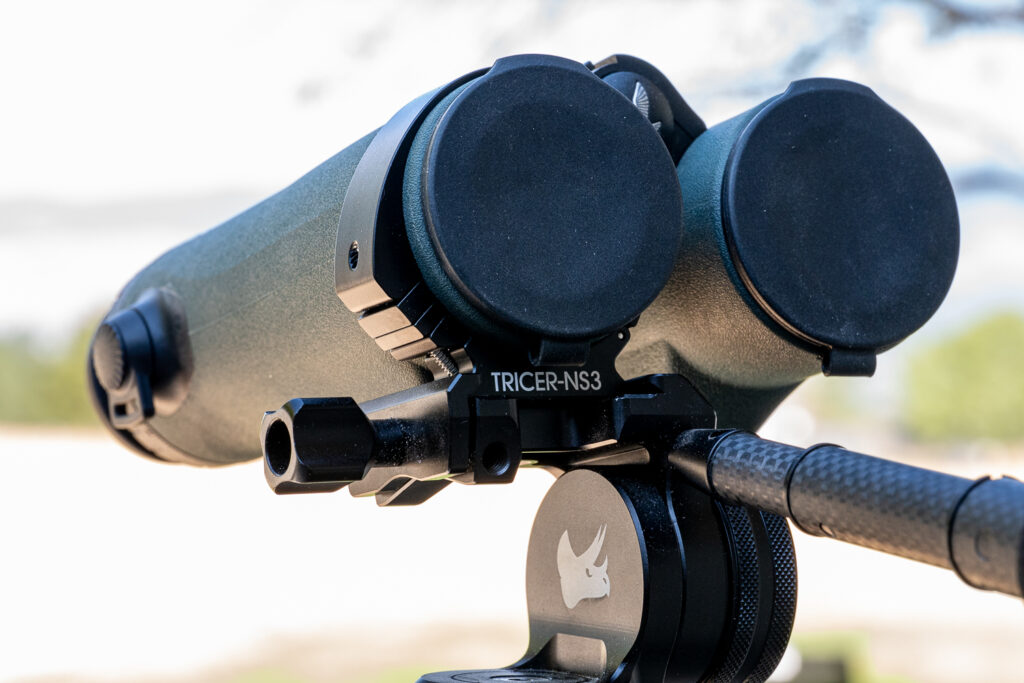
The 12×42 EL Range is supplied with power from a single CR2 battery stored in the focus knob.

Ergonomics
Just like prior models, the 12×42 EL Range maintains the “humped” binocular profile of the other EL Range binoculars. As I noted in the 10×42 review, the feel is actually still really ergonomic, if a bit of an eyesore. I found the 12×42 EL Range to be comfortable and secure in the hand. The 12X42 EL Range is slightly longer, and the humps do add some volume, so a slightly larger chest harness will be appreciated by many hunters. The 12×42 El Range (including battery and objective covers) registers 34.2 ounces on my digital scale.
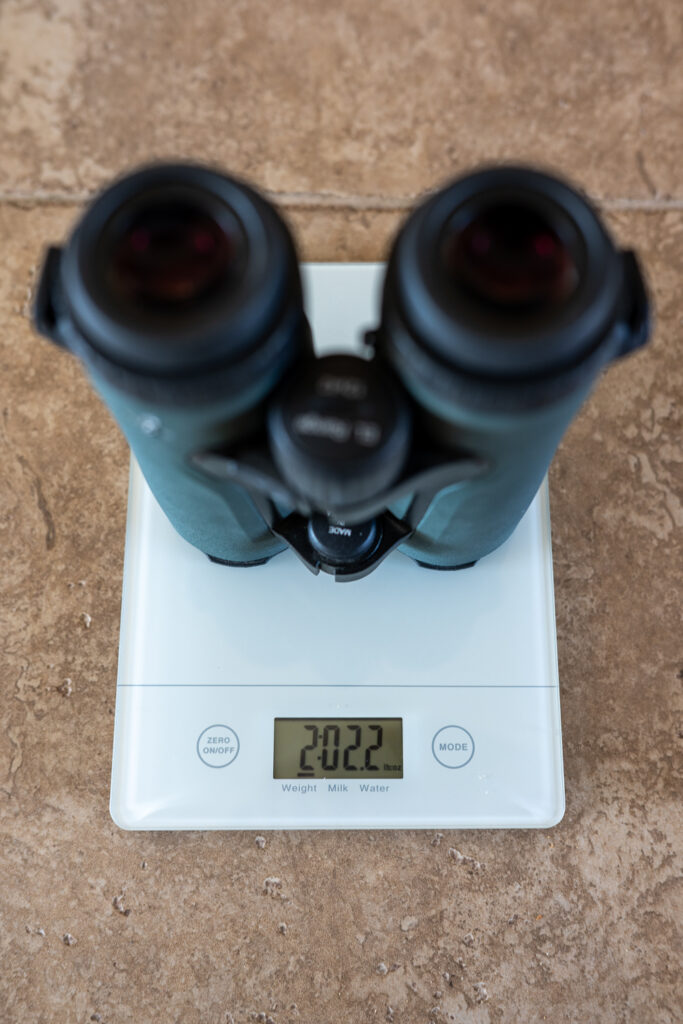
The Swarovski 12×42 EL Range features diopter adjustments on each barrel: one for the normal dioptric adjustment and the other for the display screen focus. Both adjustment collars are of the locking variety.
Optical Performance
Like the rest of the EL Range lineup, the 12×42 is optically excellent. The field of view is wide for a 12x at 288 feet/1000 yards. However, this is substantially narrower than the ultra-wide 12×42 NL Pure with its stunning 339 feet/1000 yards.
Swarovski’s optical performance is quite consistent across models, and the 12×42 EL Range fits right in, offering a remarkably deep depth of focus with excellent “3D pop.” Field curvature is low, as is pincushion distortion. The 12×42 EL Range is bitingly sharp. Sharpness runs to the very edge of field, where it remains impressively sharp.
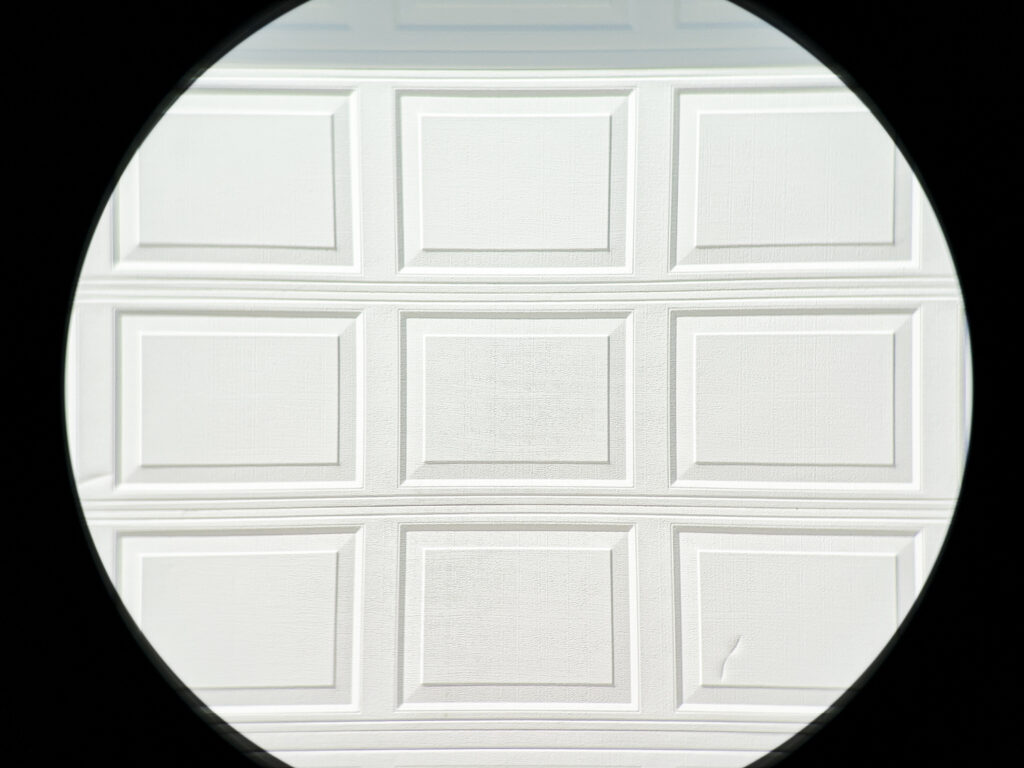
Color bias is just slightly warm. There is no noticeable color difference between the right and left barrels, a common ailment that many rangefinding binoculars suffer from. Color fringing from chromatic aberration is invisible in the center of the field and just mild at the edge.
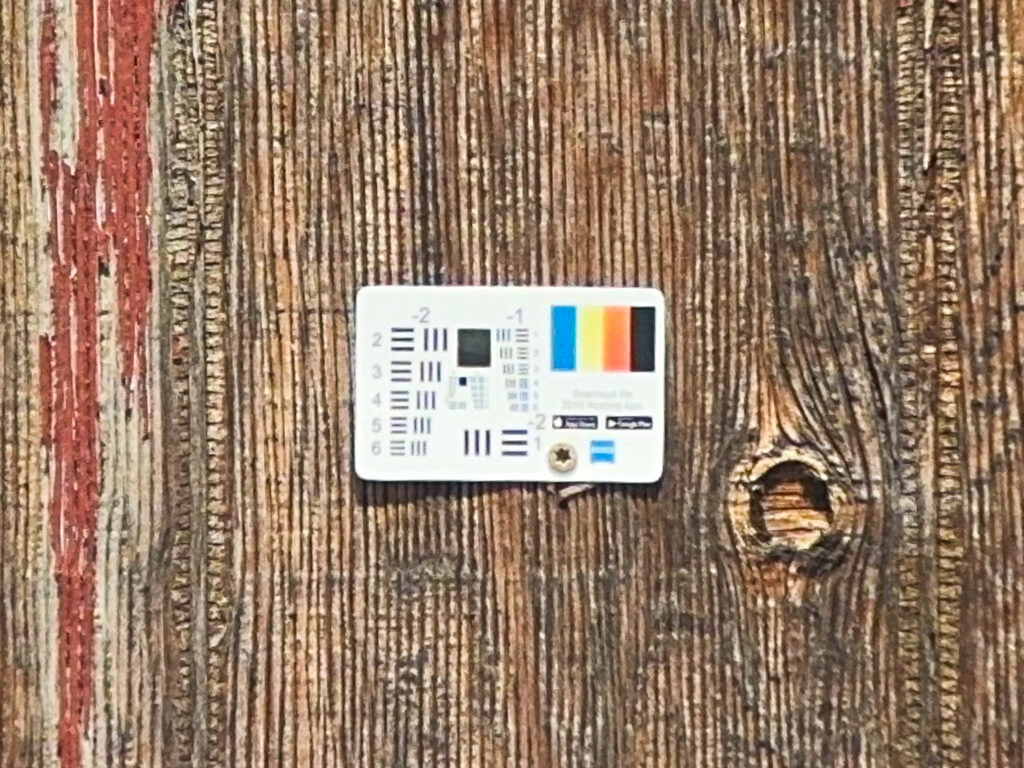
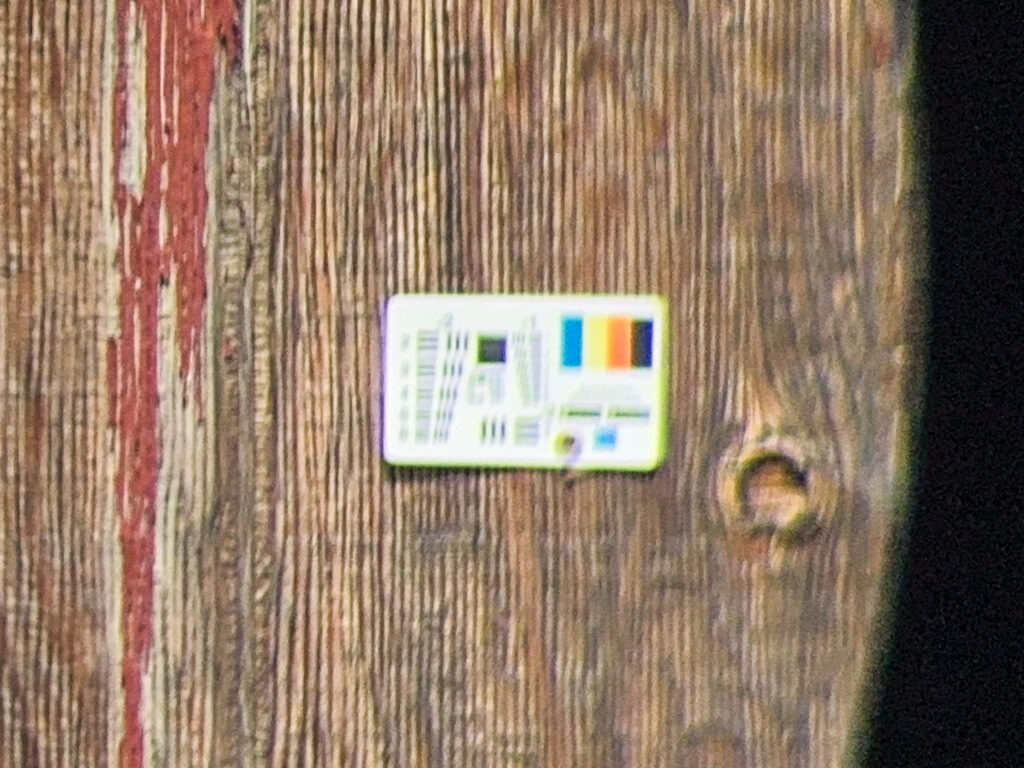
Overall optical performance is class-leading for range-finding binoculars.
Build Quality
Swarovski has long been known for robust and durable binoculars. The rubber armor was thick, textured, and comfortable to wear. The metal removable eyecups were nicely sized and well constructed. Swarovski’s eye cups are my favorite across the industry. The center hinges were smooth and held the inter-pupillary distance firmly in place. Swarovski included their Field Pro accessory system, which features optional strap attachment methods, removable hinged objective covers, a high-quality neck strap, and nice ocular covers.
The Rangefinder and Ballistic Computer
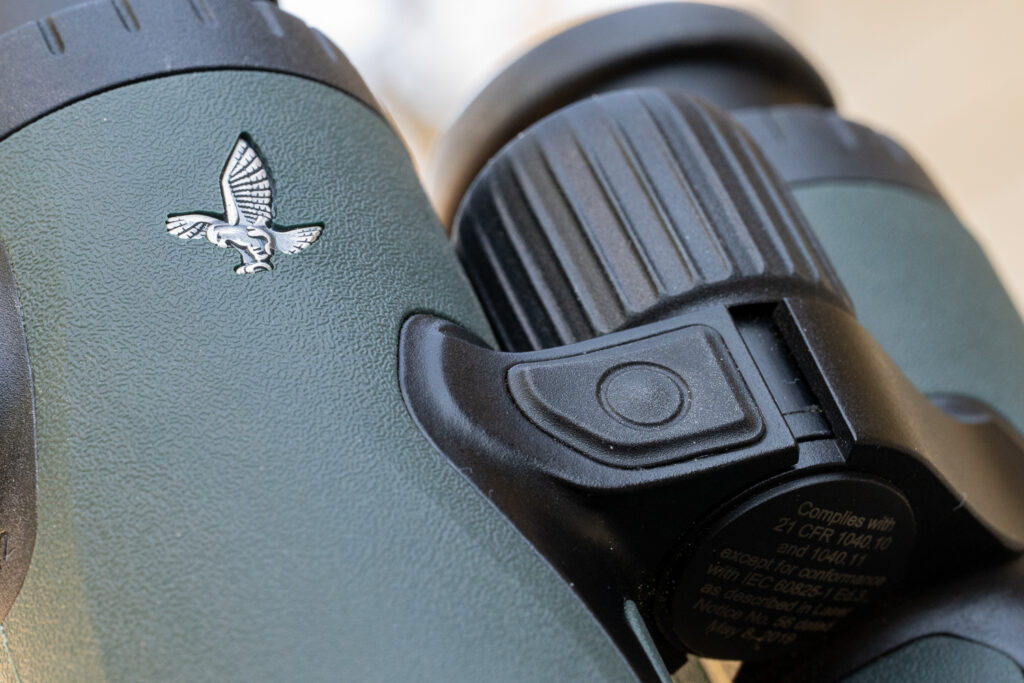
The measurement button is on the right side of the rear bridge. The Mode button is located on the underside of the barrel, adjacent to an indicator light. The function of these buttons can not be switched on the 42mm models. Ranges are displayed well within the spec of less than half a second. The second line gives the corresponding elevation correction if in ballistic mode. The display is clean, clear, and easy to read.
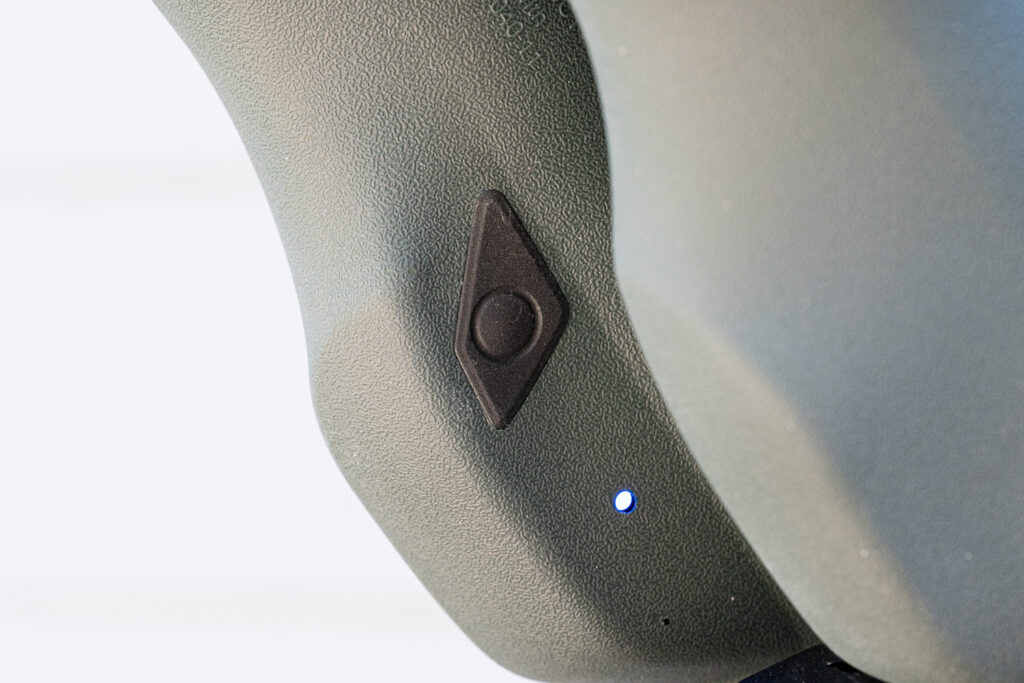
The rangefinding performance was excellent. In most conditions, I would reliably achieve quick ranges out to around 1,500 yards on low-contrast targets, such as trees and animals. Very bright conditions slightly reduced the ranging performance. In low light, ranging performance was even better, with ranges on reflective targets exceeding 2000 yards easily.
Archery to Long-Range Rifle
The 12×42 EL Range can range as close as 10 yards, and is usable for bowhunting, although a lower magnification model may be better suited. The EL Range TA can display a number of items on the second line, including holdover in MOA, MRAD, inches, or centimeters. Other options are atmospheric data, horizontal range, or angle in degrees. The hunter can choose drop information for one of three rifles loaded onto the device from their phone, and switch to any of the three rifle profiles in the menu of the EL Range TA itself.
Swarovski Hunting App
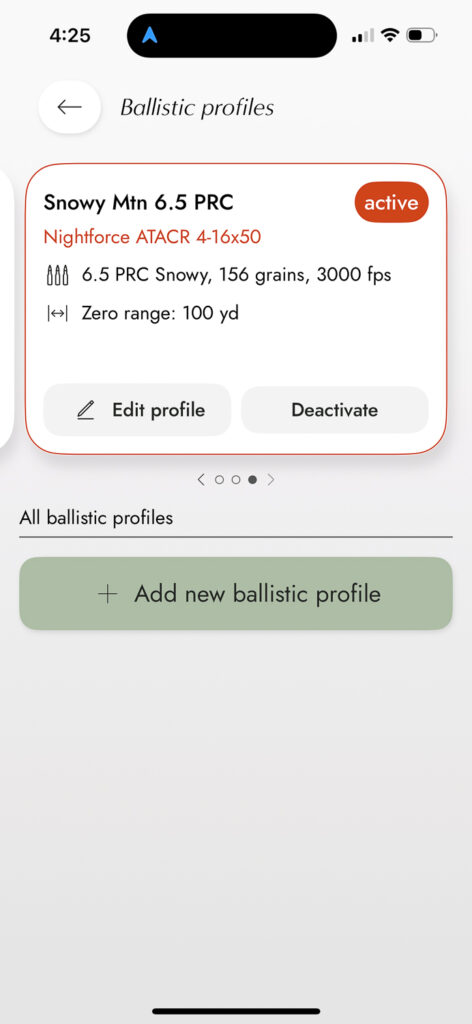
Swarovski’s compatible “Hunting” app is available for free on Apple and Android phones. The app connects from your device to the binocular via Bluetooth connection. Like the 10×42 model I tested, I found the connection to be quick and reliable.
Through the app, the user inputs basic ballistic data for three rifle profiles. The user can also select other settings, such as second-line display options, brightness, and units. These settings are then synced to the EL Range TA, or the user can “restore” settings to the app from the EL Range TA.
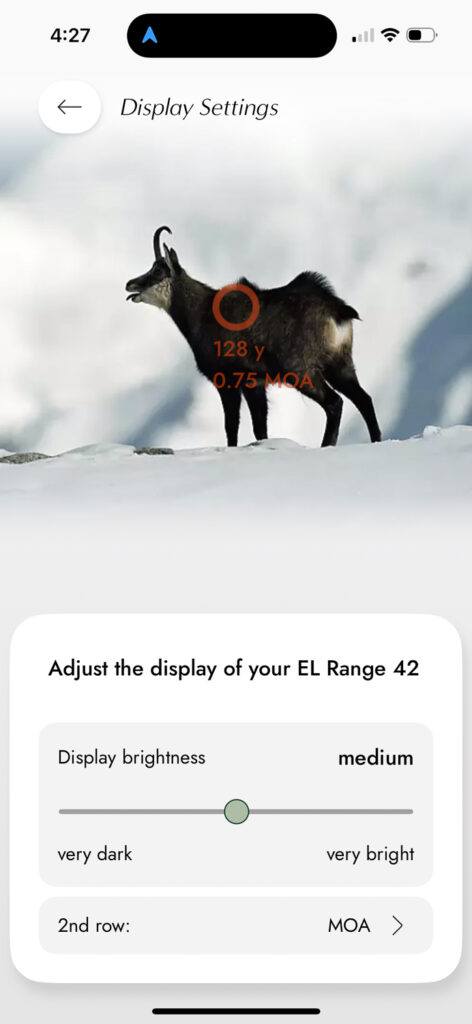
The Swarovski Hunting App has a library of factory loads that use a G1 ballistic coefficient. The user can input custom load information using either G1 or G7 ballistic coefficients.
The app allows users to select a Swarovski riflescope for their profile or enter a custom name for any scope and choose the appropriate adjustment values. You can push settings via Bluetooth to the EL Range, or you can select a profile from the EL Range’s internal menu after they have been synced.
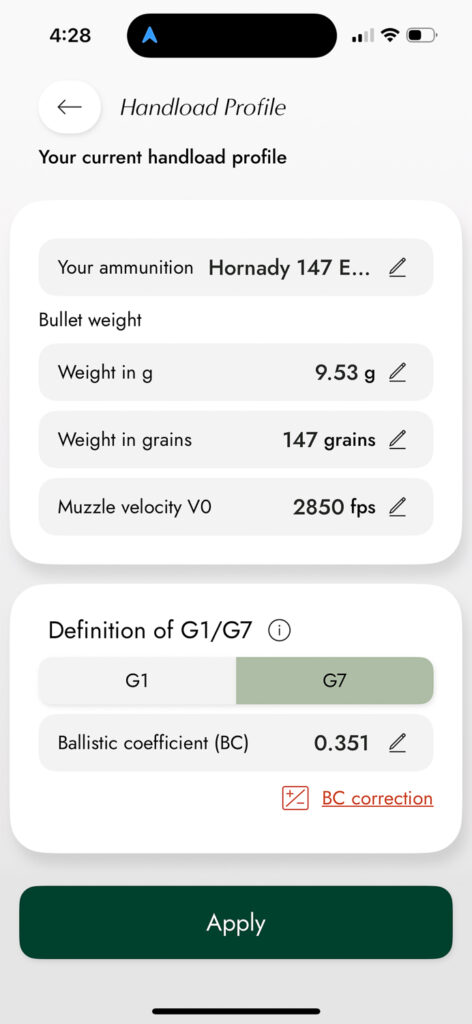
I input the same ballistic information into the EL Range TA that I have in my Kestrel and Zeiss RF. The three devices would consistently provide MOA corrections within .3 MOA of each other. The EL Range effectively compensated for angle.
Tracking Assistant (TA)
The “TA” in the 12×42 EL Range TA stands for Tracking Assistant. Tracking assistant is a feature for finding a ranged location, like a spot where you last saw an animal. The EL Range remembers the direction and distance ranged from the ranging location. You can then use this information in the app to provide a coordinate location, and the app will navigate you to the spot. This works alright with 2 caveats. First, the App functionality requires phone service. Second, the EL Range needs to have its electronic compass calibrated, and this process is kind of cumbersome. The other way to use tracking assistant was in the binocular itself. After ranging the animal, you would then walk towards where you thought it was and range back to a landmark near where you originally ranged from. The display would then provide directions on which way to move to get closer.
I didn’t like using the TA feature. I wish it were integrated into a navigation app where the ranged location would just pop up on the map.
Field Use
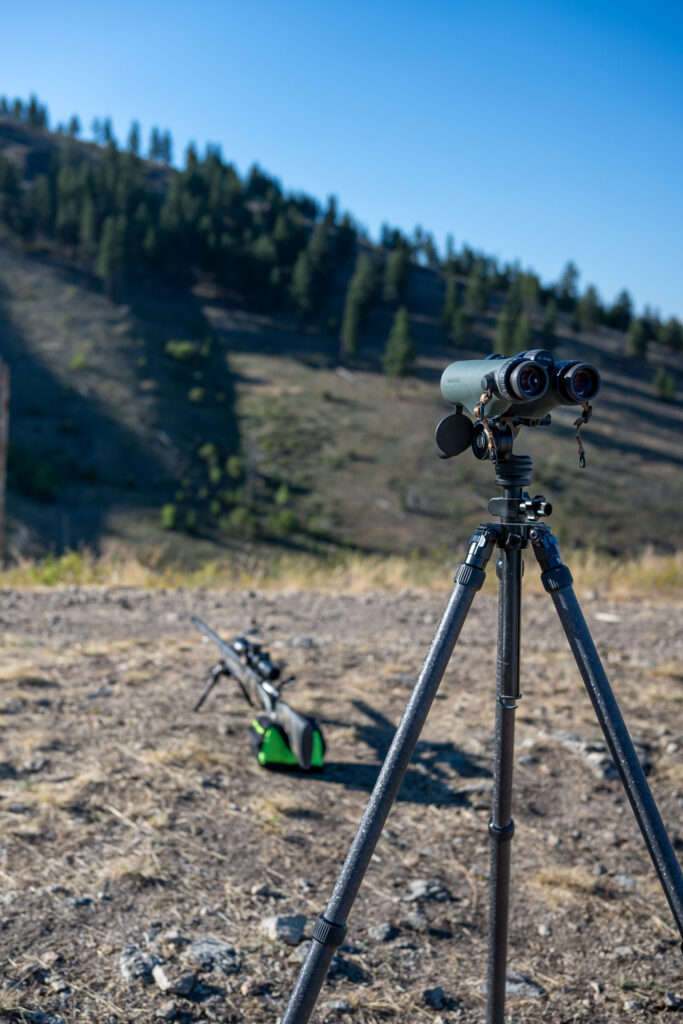
I used the 12×42 EL Range while bear hunting, hiking, fishing, shooting, and while attending a shooting class in Montana. Other than the awkward tracking assistant, I found the binoculars to be an excellent tool in the field. Low-light observation was very good, especially given the slightly restricted exit pupil of 3.5mm. While bear hunting with my friend Jared, we compared the 12×42 EL Range to his older SLC 10×42, and found the brightness to be similar, while the 12×42 EL Range had noticeably better contrast and apparent sharpness. The additional magnification, especially when stabilized on a tripod, provided more detail, which came in handy when observing a pair of cubs playing around 400 yards away.
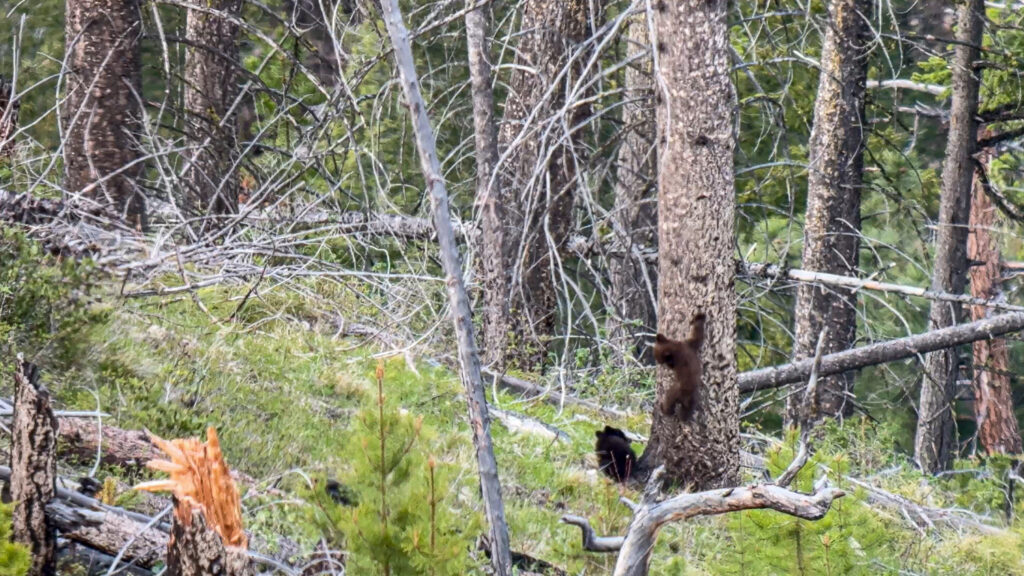
The ballistic data was reliable under various field conditions and helped me achieve first-shot hits during the shooting training. There was no wind information, however, and the hunter will need to make those calls himself.
The swollen form factor did make it a little more difficult to get the binocular in and out of my harness.
Regarding the 12x magnification: As noted, the extra detail was indeed present. However, I did notice handholding was more difficult compared to my 10×42 and especially 8×32. That stability did not just affect viewing performance, but also practical ranging. The magnification made the reticle appear to bounce around more, and I naturally tried to compensate for it to get steady on the intended ranging target. Lower magnification rangefinders don’t show the bounce as readily and seem easier to keep on target.
Conclusion
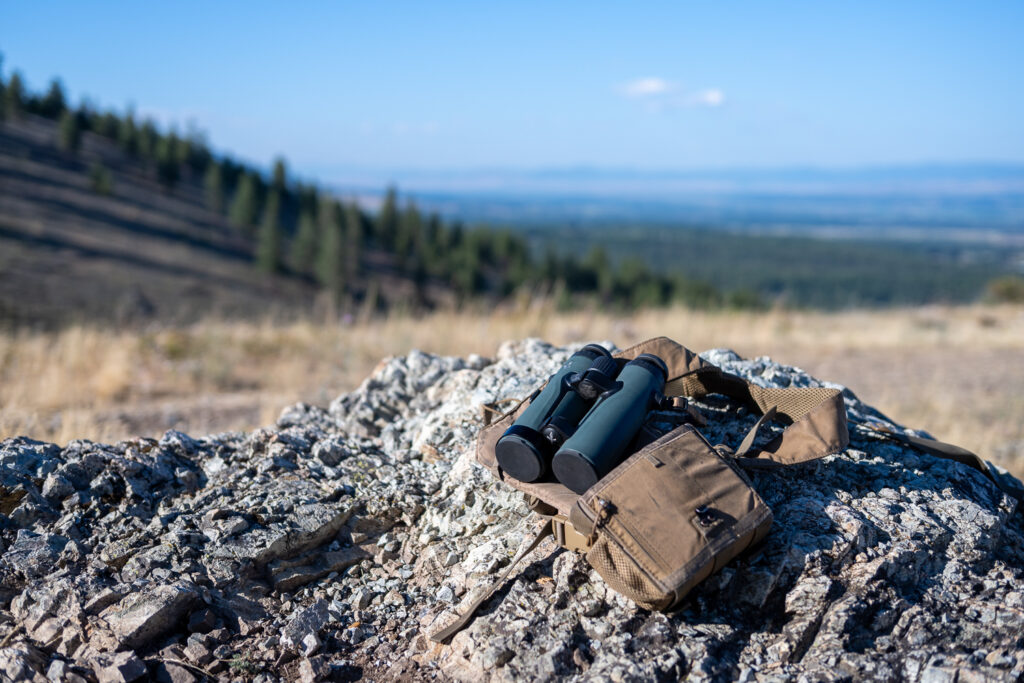
I really liked the 10×42 El Range I reviewed prior, and here we have more of the same. The 12×42 EL Range is excellent both as an observation tool and a ballistic rangefinder. It is durably built with a quality finish. It offers accurate trajectory information almost instantaneously. Hunters looking for more magnification than 10x in their premium range-finding binoculars will find the 12×42 EL Range just the ticket. The Swarovski Hunting app is simple, intuitive, and reliable. Hunters pay $3550 for this premium product, but they receive a top-shelf tool for their money.
Comment or ask Matt questions here.

